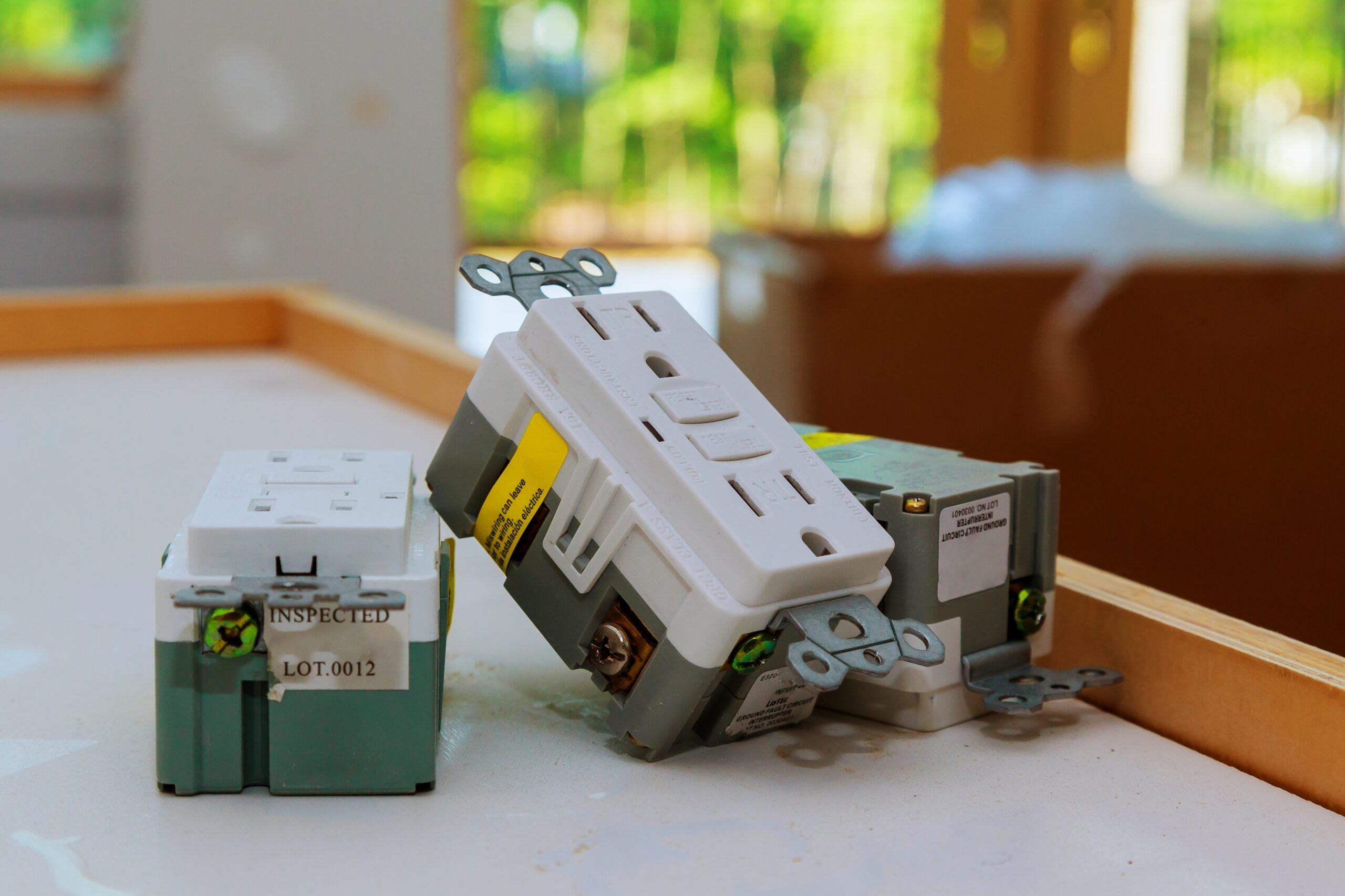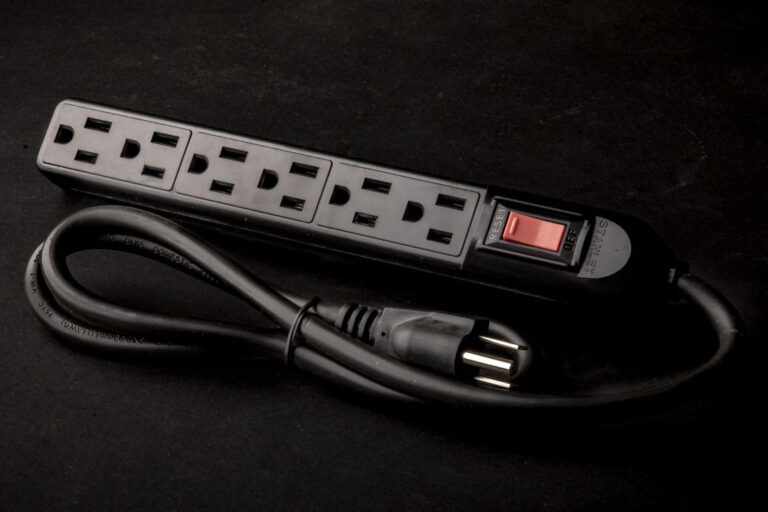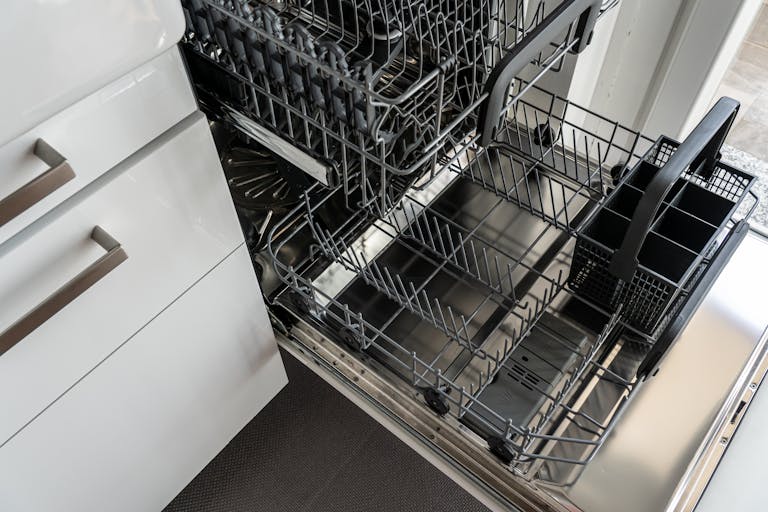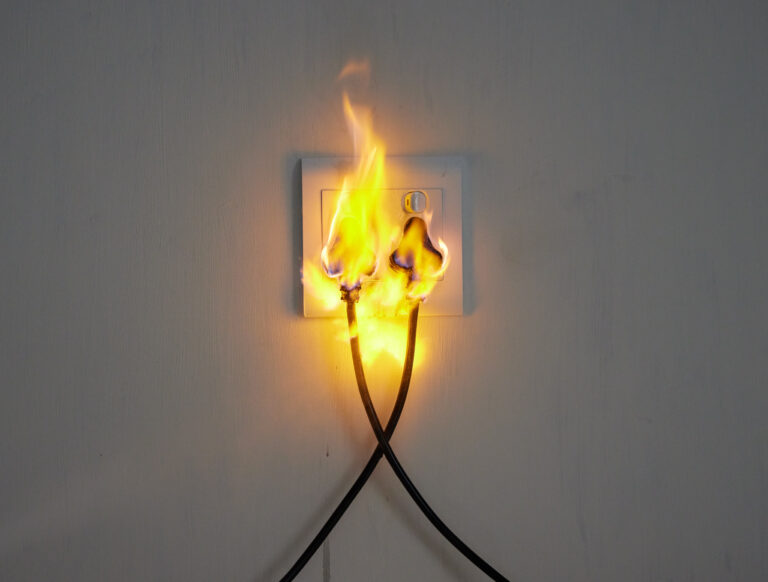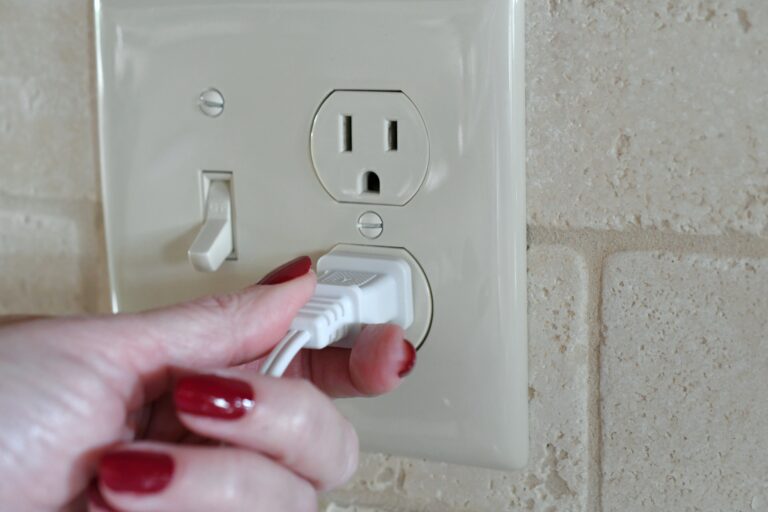Why GFCI Outlets Are Critical for Home Safety
Imagine plugging in a hairdryer next to a wet bathroom sink or using a power tool on a damp garage floor. In these everyday scenarios, a hidden danger exists: the risk of a ground fault, where electricity can escape its intended path and travel through your body, causing a severe or even fatal electrical shock. While your home’s main circuit breaker offers protection against overloads, it is not designed to stop this specific type of hazard. That job belongs to a small, intelligent, and life-saving device known as the Ground Fault Circuit Interrupter, or GFCI outlet.
Understanding what a GFCI outlet is, how it functions, and where it is required in your home is not just for electricians; it is essential knowledge for every responsible homeowner. This technology is a fundamental component of modern electrical safety, credited with preventing thousands of electrocutions since its introduction. This information will explain in simple terms what these critical devices are, how they protect your family, where to look for them in your home, and why professional installation is the key to ensuring they perform their life-saving function correctly. For homeowners in East Canton, ensuring your home is equipped with proper GFCI protection is one of the most important steps you can take to create a truly safe living environment.
What is a Ground Fault Circuit Interrupter (GFCI)?
A Ground Fault Circuit Interrupter, commonly referred to as a GFCI, is a specialized type of electrical outlet that serves as a fast-acting, localized circuit breaker. Its design is ingeniously simple yet incredibly effective. While a standard outlet’s only job is to provide a point of connection for power, a GFCI’s primary purpose is to protect people from the deadly risk of electrical shock. It is a smart device that is constantly monitoring the electricity flowing through it, ready to react in an instant if it detects a dangerous situation.
The technology behind the GFCI is based on a principle of balance. It uses a small internal sensor to precisely measure the amount of electrical current flowing out to an appliance through the “hot” wire and the amount of current returning through the “neutral” wire. In a normal, safe circuit, these two currents are perfectly equal. However, if a fault occurs and some of the current begins to leak and follow an unintended path to the ground, such as through a person holding a faulty appliance, the GFCI detects this tiny imbalance. In a fraction of a second, often as fast as 1/40th of a second, it instantly trips the circuit and shuts off the flow of electricity, long before a serious or fatal shock can occur.
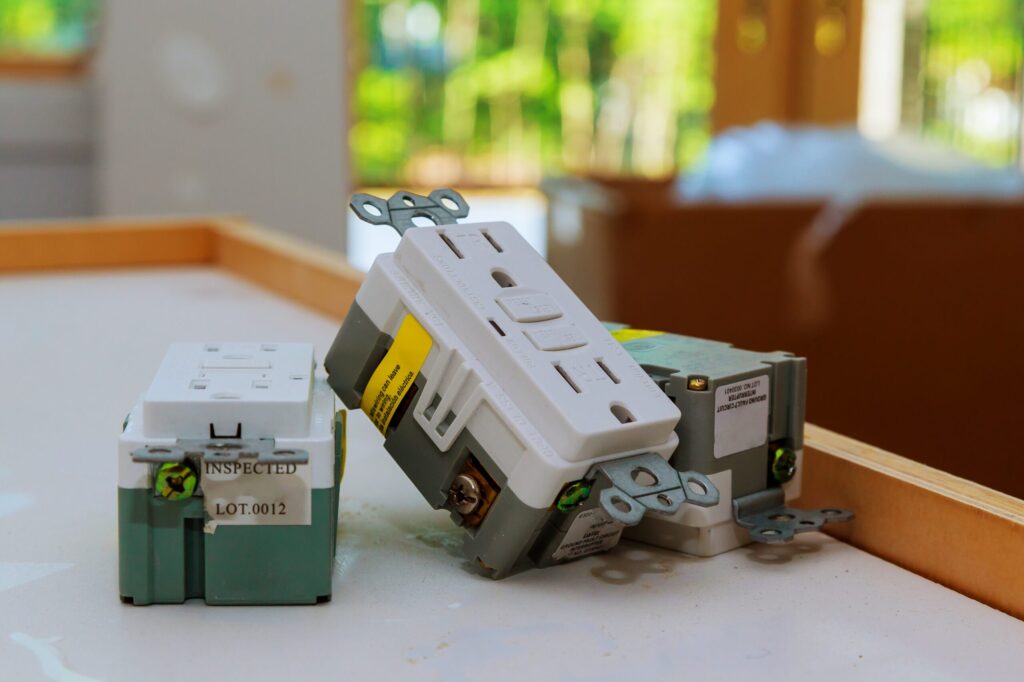
You can easily identify a GFCI outlet by its unique appearance. Unlike standard outlets, a GFCI has two small buttons located between its receptacles: a “TEST” button and a “RESET” button. These buttons allow you to regularly check that the protective mechanism is still functioning correctly. The introduction of GFCIs into modern electrical standards is one of the most significant advancements in residential safety, and they are credited by safety organizations with preventing thousands of electrocutions in homes across the country.
Why GFCI Outlets Are a Critical Layer of Home Safety
The primary and most celebrated benefit of a GFCI outlet is its ability to protect people from severe electrical shock. This is particularly critical in areas of the home where electricity and moisture are in close proximity, such as bathrooms, kitchens, and outdoor spaces. Water is an excellent conductor of electricity, and a wet environment dramatically lowers the human body’s natural resistance, making an electrical shock far more dangerous and more likely to be fatal. A GFCI outlet is designed to be the first line of defense in these high-risk situations, providing a layer of personal protection that standard circuit breakers simply cannot offer.
Beyond shock prevention, GFCI outlets also play a role in preventing certain types of electrical fires. A ground fault can occur not just through a person, but also within the wiring of a damaged appliance or a frayed cord. This can create an electrical arc that generates intense heat, which can easily ignite nearby flammable materials like dust, wood, or fabric. Because a GFCI is sensitive enough to detect even a very small current leak, its rapid shutdown can de-energize the circuit before this arcing has a chance to start a fire.
The impact of this technology on home safety is undeniable. According to the Electrical Safety Foundation International (ESFI), GFCI protection is a key factor in the dramatic reduction of residential electrocutions over the past several decades. Real-life scenarios illustrate their importance every day. A dropped hairdryer in a bathtub, a damaged cord on a power washer used on a wet driveway, or a faulty radio plugged in near a kitchen sink are all potentially fatal situations. In each case, a properly functioning GFCI is the silent guardian that reacts instantly to prevent a tragedy, making it an essential and non-negotiable component of a safe electrical system.
The Code of Safety: Where GFCI Outlets Are Required
Because of their proven effectiveness, the National Electrical Code (NEC) has progressively expanded its requirements for GFCI protection in homes. These codes are not arbitrary rules; they are safety standards based on decades of data about where electrical accidents are most likely to occur. Ensuring your home complies with these requirements is a critical step in protecting your family.
The highest-risk locations are those where water is almost always present. For this reason, the NEC mandates that all electrical outlets in bathrooms must have GFCI protection. This same stringent requirement applies to any outlets located near pools, spas, and hot tubs, where the risk of a serious electrical accident is at its peak. Any receptacle in these areas, without exception, must be protected.
The requirements also extend to other areas where moisture and electricity are a common combination. In kitchens, all outlets that serve the countertop surfaces must be GFCI-protected to guard against spills and splashes. In laundry rooms and utility areas, outlets located near a sink also require this protection. Garages and unfinished basements or crawl spaces are also included in the code, as their concrete floors can be damp and they are often where power tools are used.
Finally, all outdoor outlets must be GFCI-protected. These receptacles are constantly exposed to the elements, including rain, snow, and moisture from lawn sprinklers, making them a significant potential hazard. By mandating GFCI protection in all of these specific, high-risk locations, the NEC provides a clear and effective roadmap for a safe home electrical system.
Is Your Home Protected? Signs You Need to Install or Replace GFCI Outlets
It is crucial for every homeowner to conduct a simple visual audit of their home to ensure it is adequately protected. The most obvious sign that you need an upgrade is if you have an older home. Many homes built before the 1980s and 90s, before GFCI requirements were widely adopted, may have standard, unprotected outlets in critical areas like bathrooms, kitchens, and garages. If you inspect these rooms and do not see the distinctive “TEST” and “RESET” buttons on the outlets, your home is not up to modern safety standards and should be upgraded.
Even if you have GFCI outlets, they do not last forever. The sensitive internal mechanism can wear out over time, rendering the outlet ineffective. If you have a GFCI outlet that trips frequently with normal use, it could be a sign of a problem with an appliance, but it could also indicate that the outlet itself is overly sensitive and failing. More dangerously, if an outlet fails to trip when you press the “TEST” button, or if it will not restore power when you press the “RESET” button, its protective capabilities are gone.
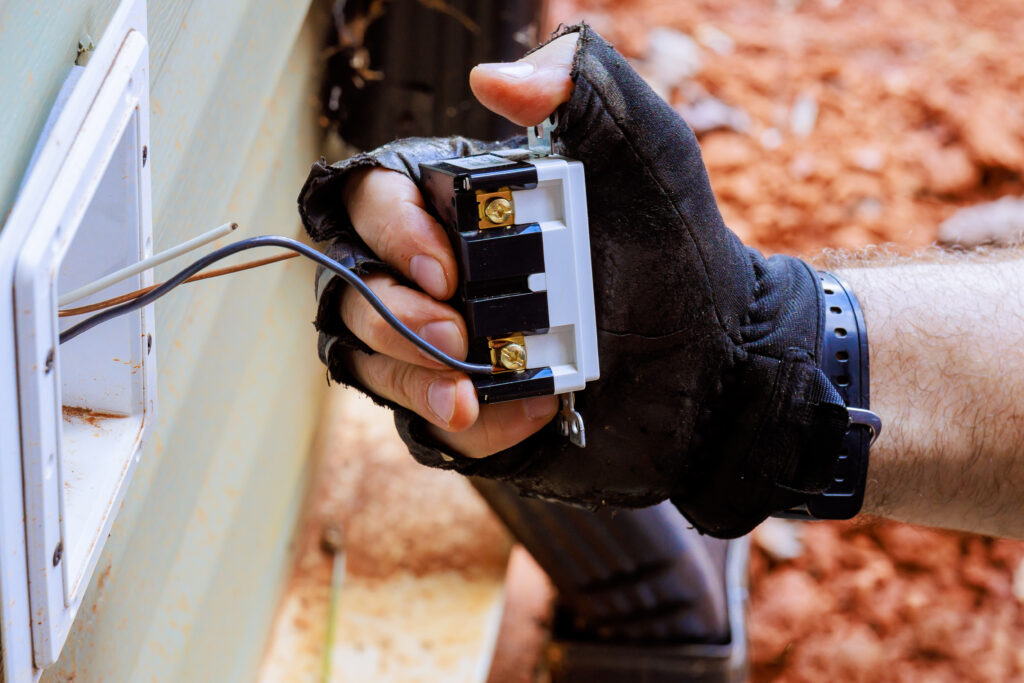
Finally, any visible physical damage to an outlet is a clear signal that it needs to be replaced immediately by a professional. This includes any cracks in the faceplate, discoloration or scorch marks that could indicate overheating, or a loose feel when you plug in a cord. Your electrical outlets are the most frequently used part of your electrical system, and any sign of wear or malfunction should be taken seriously.
The Monthly Checkup: How to Test Your GFCI Outlets
Ensuring your GFCI outlets are working properly is a quick and easy task that should be a regular part of your home maintenance routine. Safety experts recommend testing every GFCI outlet in your home at least once a month to verify that its life-saving mechanism is still functional. The process is simple and takes only a few seconds.
To perform the test, first plug a small appliance, like a nightlight or a lamp, into the GFCI outlet and turn it on. With the lamp lit, press the “TEST” button firmly. You should hear a distinct “click” sound as the internal switch trips, and the lamp should immediately turn off. This confirms that the outlet’s ground fault detection and power shutoff features are working.
Next, to ensure the outlet can be safely used again, press the “RESET” button. The lamp should turn back on, indicating that the circuit has been restored. If the outlet behaves as described, its protective features are operational. If at any point the test fails, if the lamp does not turn off when you press “TEST,” or if the “RESET” button does not restore power or will not stay engaged, the GFCI outlet is faulty and is no longer protecting you. It should not be used, and you should contact a licensed electrician to have it replaced as soon as possible.
Why Professional GFCI Installation is a Smart Investment
While replacing an electrical outlet may seem like a straightforward DIY task, it is a job that carries significant risks if done incorrectly. This is especially true for GFCI outlets, which have a more complex wiring configuration than standard receptacles. Hiring a licensed and insured electrician, like the experts at Gragg Electric, is a smart investment in your home’s safety and your own peace of mind.
One of the most common and dangerous mistakes made during a DIY installation is the improper connection of the line and load terminals on the back of the GFCI outlet. If these wires are reversed, the outlet may still provide power to a plugged-in appliance, making it seem like it is working correctly. However, in this configuration, the ground fault protection mechanism will be completely non-functional, providing a false and dangerous sense of security. An even greater risk is that this incorrect wiring will also negate the GFCI protection for any other standard outlets that are wired “downstream” from it.
A professional electrician understands the nuances of proper wiring, grounding, and electrical code compliance. We have the right tools to test our work and ensure that your GFCI outlets and all the outlets they protect are functioning exactly as they should. The modest cost of a professional installation is an insignificant price to pay for the guaranteed safety of your family and the assurance that your home’s first line of defense against electrical shock is working flawlessly.
The GFCI outlet is a small and affordable device, but its role in protecting your family from the serious risks of electrical shock and fire is immeasurable. It is not an optional upgrade or a luxury feature; it is an essential, life-saving component of any modern and safe home electrical system. We urge every homeowner in the East Canton area to take a few moments to walk through their home and inspect the outlets in their bathrooms, kitchen, garage, basement, and outdoor areas. Ensuring that these critical locations are protected by functioning GFCI outlets is one of the most important things you can do to safeguard your family. If you find that your home is not adequately protected, or if you have any questions about your electrical system’s safety, do not hesitate to seek professional help. The expert electricians at Gragg Electric are here to provide professional safety inspections and the expert installation of all your home’s electrical components.

